Review
The Leon eHybrid has been a much-loved member of our fleet over the last six months. Its plug-in hybrid powertrain has proved useful for those journeys where taking an electric car would be a bit inconvenient.
With a real-world electric range of around 30 miles, the car managed plenty of trips with no tailpipe emissions.
During out time with the car, we achieved an overall economy figure of 47mpg. I think that’s a decent result, considering that the car was often used for longer motorway journeys where the petrol engine was doing all the work.
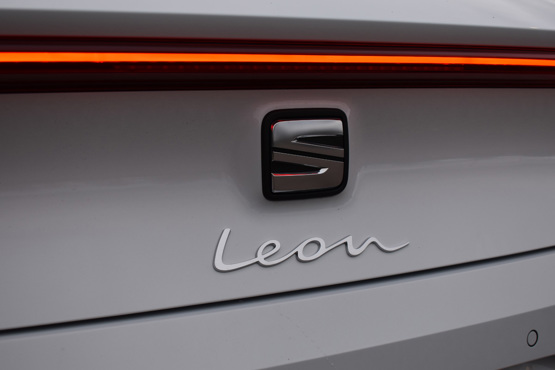
Where the Leon really excels, however, is in its balance of sportiness and comfort. The exterior styling suggests a sportier edge, but the super comfy seats and silent operation of the motor lend to a more refined experience.
Seat has got the balance just right, in my opinion. Inside there’s a mix of black and silver plastics, plus a sculpted steering wheel wrapped in perforated leather. It looks and feels upmarket, despite being priced keenly.
The balanced approach continues with the powertrain. Stick to EV mode for silent, comfy running. Hybrid provides confidence on long-distance trips and Sport awakens the Leon’s Spanish flair.
Refinement levels aren’t class leading – there’s a bit of road noise at motorway speeds – but the suspension copes with rough roads pretty well and we can’t fault the way the car handles.
As detailed below, the Leon eHybrid is about to be updated with an improved powertrain. Based on how good the rest of the car already is, the new model should definitely be one to watch.
Updates boost fleet appeal
Seat has announced some major updates for the Leon eHybrid as part of a midlife facelift.
The 1.4-litre petrol engine and 13kWh battery fitted to our car are being given the boot, in favour of a new 1.5-litre unit paired with a larger 19.7kWh battery.
While power output remains the same as before (204PS) the car’s range is increased to around 62 miles. This means it will attract a cheaper company car tax rate of 8% and will deliver lower running costs thanks to its extended zero-emission capability.
Along with the enhanced range comes faster charging. The on-board charger jumps from 3.6kW to 11kW and, for the first time, there’s 50kW rapid charging.
It marks a major step-up for the model, which has fallen behind some rivals when it comes to running costs and capability.
The Vauxhall Astra GS plug-in hybrid, for example, sits in the 8% benefit-in-kind tax band, while the current Leon is in the 12% bracket. Despite the Astra being a little pricier, drivers can save £160 per year in tax. Running costs are more favourable for the Astra too, at 40ppm vs 41ppm.
In addition to the new powertrain, the Leon is also receiving a new infotainment system with fresh software and illuminated controls for the volume and temperature.
The digital experience
It’s hard to discuss a new car these days without talking about the infotainment system. A rubbish digital experience can ruin an otherwise competent car and for many people in the market for a new company car, connectivity, automation and large shiny screens are a top priority.
With the Leon, Seat has made the infotainment screen a core part of the car’s dashboard. It’s used to control just about everything, from the radio and sat-nav, to the climate control, drive modes and vehicle settings.
As the Leon shares a platform with the VW Golf, the system used in both models is very similar.
Seat has opted for a 10-inch ‘floating’ touchscreen that sits above the interior air vents in easy reach of the driver’s left hand.
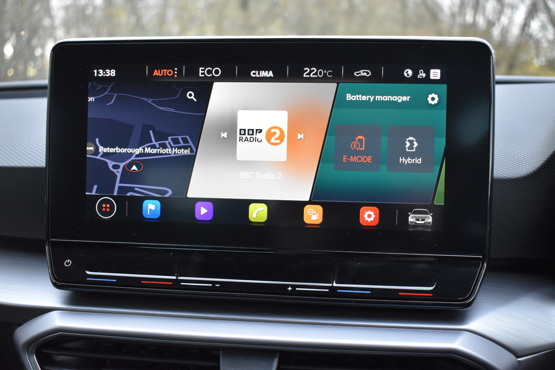
Beneath the display, there’s a touch sensitive panel that allows the audio system volume to controlled, as well as the cabin temperature. You operate it by sliding your finger along the panel to make the necessary adjustment.
The screen itself uses an interface that’s unique to Seat. I quite like the setup, but a few others who’ve driven the car have said it’s “a bit fiddly”.
There’s quite a lot going on, in fairness. The top section of the display shows the climate control information, and you can press it to access the full climate settings.
The bottom section has customisable quick keys. These give speedy access too functions such as radio, telephone, navigation or trip computer. There’s also a button to access the main system menu and the car settings.
The centre portion is divided into tiles. Again, you can choose what is displayed here. I’ve opted for the navigation map, audio system and the hybrid powertrain setting, as these are three things I access the most.
Now, here’s where the confusion comes in. You’d think that tapping on these tiles would take you to the relevant function, but they don’t. You have to use the quick keys described above if, for example, you want to see the sat-nav map in full screen or the audio system menu.
You can also swipe up and down on the tiles to change what they display. It’s great from a customisation perspective, but in day-to-day driving it’s easy to completely change the layout with a few poorly judged prods of the screen.
Of course, many people these days will just connect their smartphone to the system and use either Android Auto or Apple Car Play. In the Leon both systems work wirelessly, which is handy.

We’re not quite finished with the Leon’s screens though. Behind the steering wheel there’s a digital instrument cluster. Again, it offers a huge level of customisation. I personally like the conventional dials and trip computer. Among the other options is a full screen navigation map. All the adjustments are performed using buttons on the steering wheel.
From here you can also activate the cruise control, adjust the audio system and access the driver aids menu (in order to deactivate lane-keep assist quickly).
Both displays are crisp and while not the most user-friendly on the market, they do at least enable drivers to calibrate the layout to their preference.
MPG and range
Efficiency is a key consideration for any sensible company car choice, not least because it impacts the benefit-in-kind tax payable on a vehicle.
Plug-in hybrids, like our Leon, offer a balance of practicality and efficiency by combining a zero-emission capability with the long-range comfort of an internal combustion engine.
The Leon uses a modest 1.4-litre petrol until, helped by a turbocharger, which produces a not insignificant 204PS when boosted by the car’s hybrid motor.
Over the last few months we’ve been tracking the car’s fuel consumption and electric range to understand its capability in the real-world.
The Leon’s official WLTP electric range is 39 miles. We’ve been getting closer to 29, although in the coldest winter months that dropped to around 20.
Each time to drive the Leon it reverts to EV Mode, where the electric motor is used to propel the car. It gives enough power to keep up with traffic. The motor on its own develops 115PS, which is enough to reach motorway speeds. Once the state of charge reaches a critical level, the car automatically powers up the petrol engine.
If you switch the car to Hybrid mode, it uses a combination of the electric motor and petrol engine to provide drive. Here you get the full 204PS.
Within the Leon’s infotainment system there’s the option to ‘hold’ the charge level. This can be used, for example, on longer journeys if the driver wants to retain their electric range for an urban environment. If you use the car’s built-in sat-nav, it manages the use of petrol and electricity automatically.
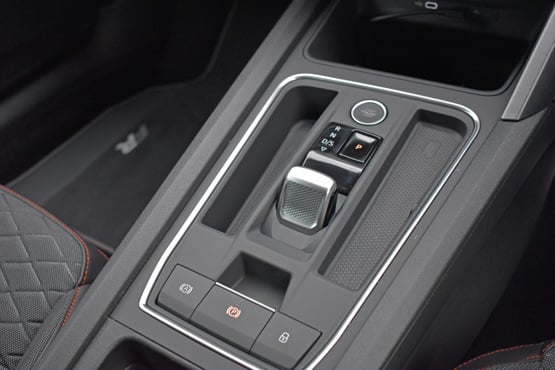
There’s another option within the Leon’s various drive configurations. Sport mode. Activated using the car’s gear selector, the Sport mode keeps the engine running permanently, charging the battery and providing maximum power. The car is notably more responsive in this setting, but also the least efficient.
We’ve mainly been using Hybrid mode as it suits our journey profile best.
To date the car’s average fuel consumption is sitting at 47mpg. It’s pretty impressive, although quite a long way from the 252mpg official WLTP figure.
Real-world experiences differ from driver-to-driver. If I use the car solely for commuting to the Fleet News office from my house, I can comfortably complete the journey in EV mode and never use a drop of fuel.
Once you hit the motorway for lengthy journeys and the battery level is depleted, the petrol engine is still capable of returning more than 40mpg. It also keeps a small reserve of power in the battery for creeping in stop-start traffic or for short bursts of acceleration.
Charging the Leon’s battery takes around four hours, which is fine if you’re leaving it overnight or in an office car park. The car can only charge at speeds up to 3.6kW, which is a little frustrating if you’re only stopping for an hour or two. There’s no CCS rapid charging ability, either, so you’re limited to just slow public chargers.
An easy car to recommend
The Leon has become an unofficial pool car in the Fleet News office these last few weeks. Not more than a few days pass before someone is pestering me for the keys.
The reason?
Its plug-in hybrid petrol engine. With most of the team now driving electric cars daily, for trips that are longer, or where recharging can be inconvenient, the Leon’s long range and rapid refuelling capability have made it a hot commodity.
It's a practical and family friendly car too. Passenger space is generous, front and rear. The front seats are particularly supportive for long-distance comfort.
The boot is wide but not very deep, as a result of the car’s battery pack, there’s 270 litres of space. It’s not class-leading, but more than adequate for a weekly shop or a trip to the tip.
As an everyday car, then, the Leon ticks a lot of boxes.
That’s a big reason why it’s always my go-to recommendation when people ask me for car buying advice.
A number of friends have opted for Leons as a result and the feedback – as it has been from the Fleet News team – is always glowing.

With modern and attractive styling, a reasonable level of standard kit and great driving dynamics, once you factor in the Leon’s low running costs it’s a clear frontrunner.
Sitting in the 12% benefit-in-kind tax band, company car tax for the Leon eHybrid FR costs £72 per month for a 20% taxpayer.
From the entry-level petrol models, up to the high performance Cupra versions, there’s a Leon to suit all tastes. And we can’t forget the Estate, which is exceedingly practical.
Stepping up to the Cupra-badged Leon eHybrid brings more power, sportier styling and a greater level of kit. We’ve tested one previously and you can read more about it here.
Seat Leon FR eHybrid joins our fleet
I’ve got a bit of a soft-spot for the Seat Leon. When I joined Fleet News, in 2016, I was given the keys to one as my first long-term test car. Back then, the 1.6-litre diesel model was the weapon of choice for fleet customers.
That car served me well and, in fact, I recently received an email from its subsequent owner to say it had made it to 180,000 miles. Quite an achievement.
In 2024, the Leon is quite a bit different to ‘my’ old model. It entered its fourth-generation in 2021, moving to a new platform, which brought the option of more advanced technology and new powertrains.
The car we have on test now is a Leon eHybrid. The plug-in hybrid powertrain uses a 1.4-litre turbocharged petrol engine, which is paired with an electric motor. The engine is commonly used across the VW Group stable, including in the Audi A3 and VW Golf.
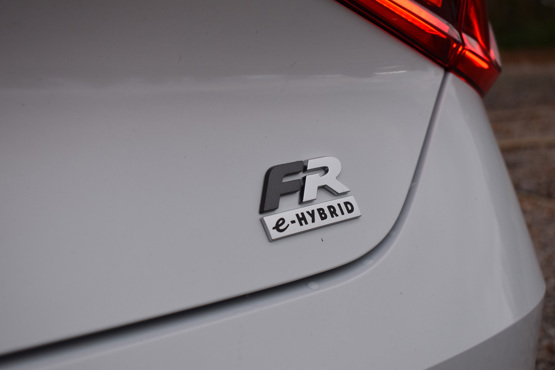
CO2 emissions are just 25g/km, meaning the Leon eHybrid attracts a 12% benefit-in-kind tax rate. The car also develops 205PS, which is almost double what ‘my’ old diesel produced.
As a result, the Leon eHybrid can accelerate from 0-62 mph in just 7.5 seconds. Impressive, for a mid-range hatchback.
And because the Leon is a plug-in hybrid it also has the capability to travel on pure electric power. Its 13kWh battery can hold enough juice to cover around 30 miles, or the battery power can be used in conjunction with the petrol engine to improve performance and efficiency.
Official fuel consumption figures suggest more than 200mpg can be achieved. We’ll assess how realistic that is over the coming months.
The Leon eHybrid is available in FR or FR Sport trim levels. In order to simplify ordering and production, Seat doesn’t have pages of options. So, you pretty much just pick a colour.
Our test car is an FR, finished in Nevada White. It comes with a decent array of equipment for £36,110. The standard specification includes 17-inch alloy wheels, LED headlights, front and rear parking sensors, a reversing camera and three-zone climate control.
The Leon’s dashboard is centred around a 10-inch touchscreen infotainment system, which includes sat-nav, DAB radio, Bluetooth and smartphone connectivity via Apple Car Play and Android Auto.
Matt has been an automotive journalist for nine years and has driven just about every new car and van that's on sale. As content editor - vehicles he is responsible for the automotive content on Fleet News and also contributes to Automotive Management. Prior to this, Matt worked in the automotive industry for 10 years.



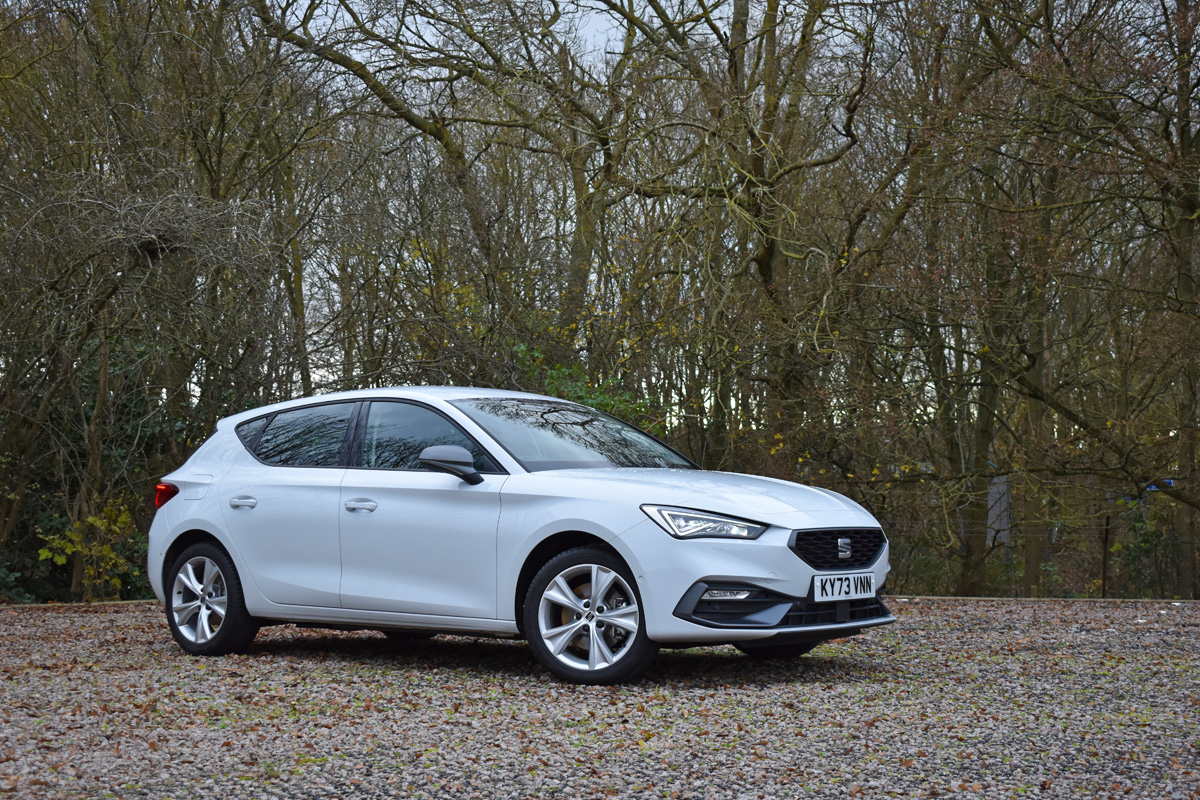
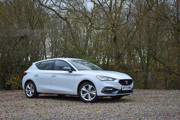

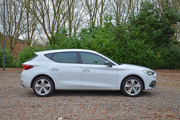
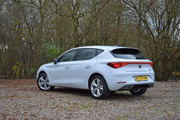

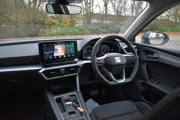
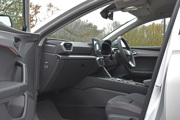

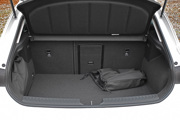



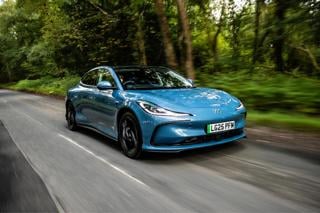













Login to comment
Comments
No comments have been made yet.